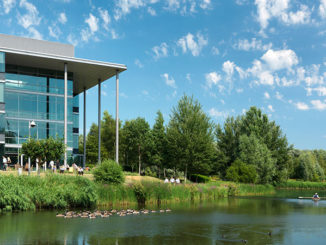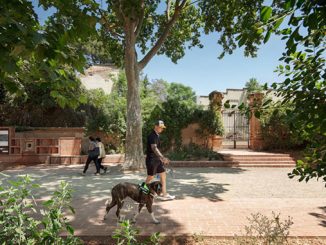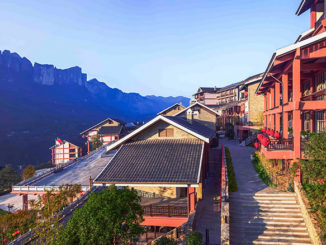Winner of the 2021 WLA Awards – Merit Award in the Built – Large category
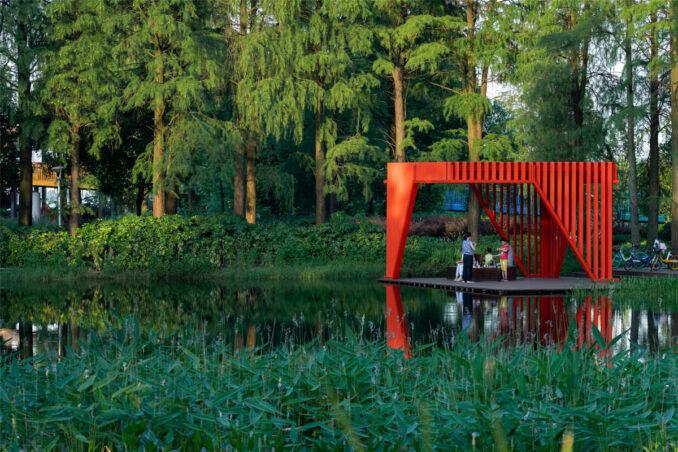
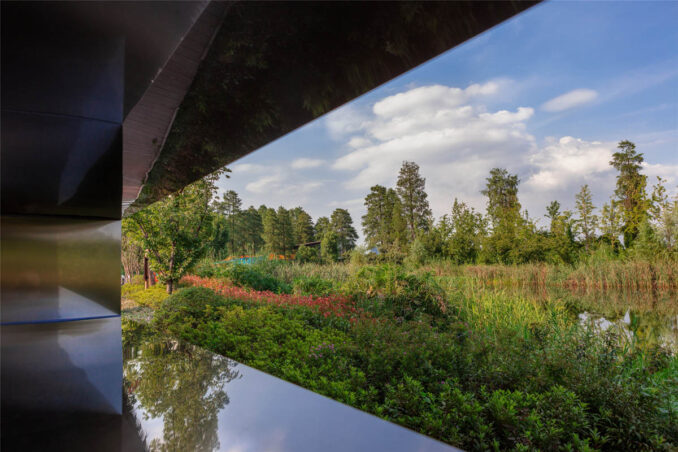
Wuhan OCT Wetland Park provided a new model for wetland park design during the public health emergency of COVID-19 Epidemic. It restored local ecosystem, enabling people back to the park after the epidemic. Due to the failure of the water circulation system, the existed wetland park had serious eutrophication, fewer birds and lower air quality, and people seldom visited the park.
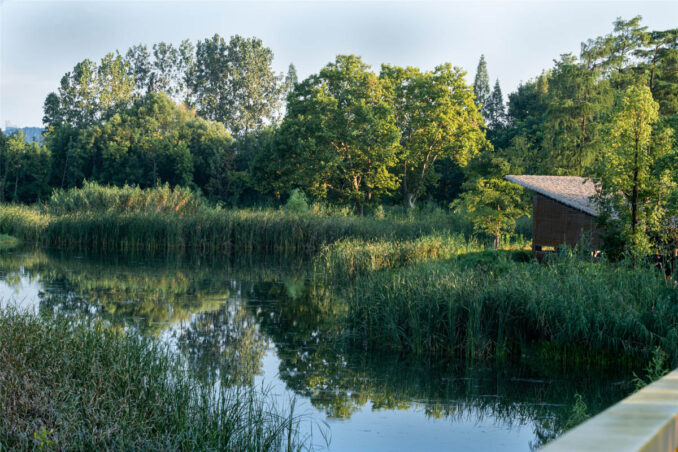
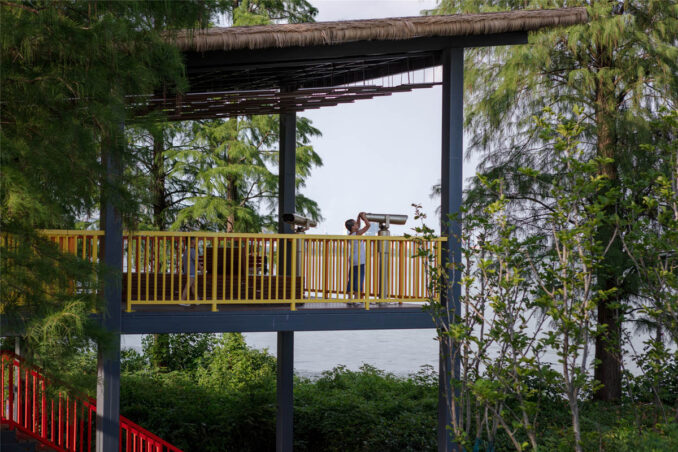
With the top priority of restoring and protecting natural environment, the existed water circulation system was optimized to build an ecologically sustainable water purification system. After the physical and biological purification treatment, East Lake IV class water is transformed into II~III class, and the ecological stability is greatly improved. Waders also choose it as an ideal livable habitat. According to the on-site survey, 29 species of waders have been recorded in the park, such as swamp chickens, Chinese pond herons, Eurasian blackbirds, etc.
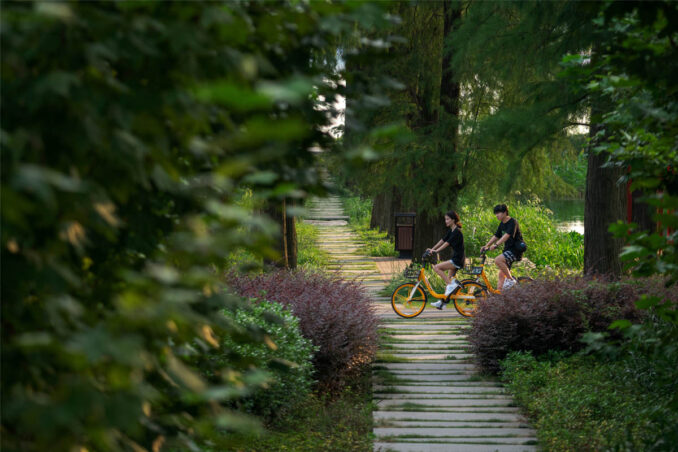
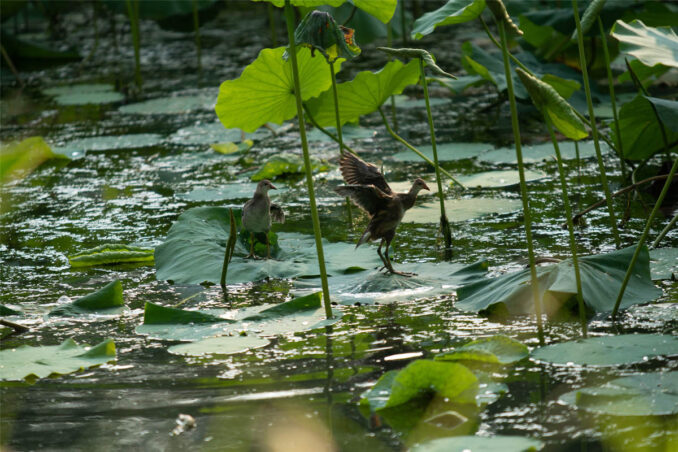
The existing plants are preserved as many as possible, and some were replaced by native species without disturbing the balance of the ecosystem. Emergent water plants with high ornamental value and strong vitality were well preserved, and aquatic plants were added as complements. Compared with planting ornamental species in a separate area, such ideal plant palette optimizes the ecological function and beautifies the site, also with the function of science popularizing. On the land area, a few wild plants were replanted to enhance the characteristic wild fun, and the ecological functions are improved to attract insects.
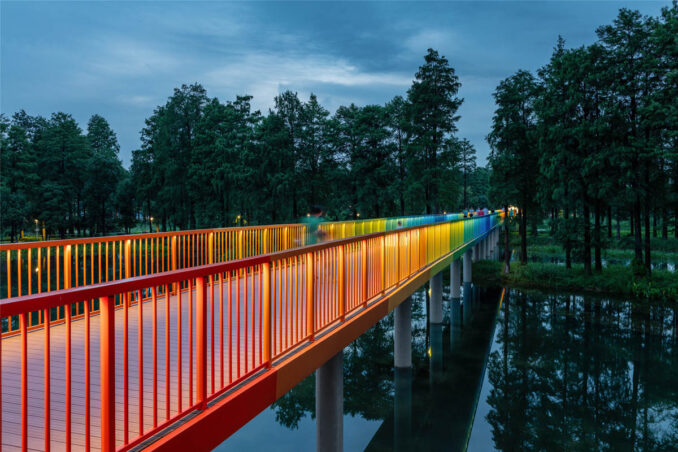
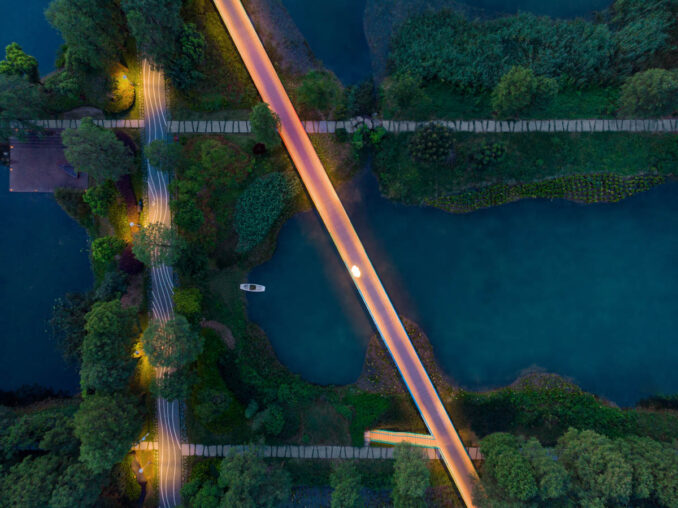
Color change has an important impact on emotional changes and psychological activities. With the principle of low cost and low impact, it transformed the original mottled bridge by changing its color. Whereupon, a rainbow bridge was paved above the green wetland park to improve its vitality and bring the visitors a pleasant visual experience. According to users’ requirements, anti-glare low illumination was designed to provide pedestrian lighting with low habitat intervention, so that birds in the wetland would be well protected.
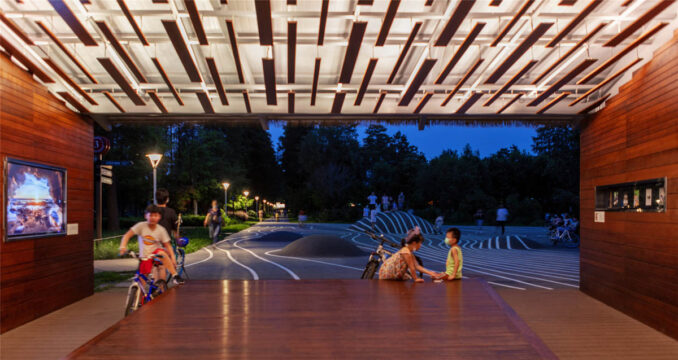
On the site, the existed viewing facilities were lacking in aesthetics and practicality. In addition, there was a lack of recreational facilities and bird-watching equipment. Based on the principles of respecting nature and low impact, the facade was renovated with bamboo and wood. Part of the pavilion was opened to form a bird-watching window with dual functions of bird-watching and science education. The sky viewing platform is combined with the rainbow corridor, and a set of new telescopes are added to allow visitors to enjoy the panoramic view of the park. The water curve sprayed on the ground with luminous paint increases the visual sense of movement and improves people’s walking interests. The curve combined with the ground signs form a new guide system, which enhances the interaction between people and landscape.
In the post-epidemic Wuhan, the OCT Wetland Park is optimized to renovate the ecological environment and to relive citizens’ pressure. The renovation created a harmonious environment between man and nature, so as to well heal the trauma of the epidemic.
Wuhan OCT Wetland Park
Landscape Architect: L&A Design
Director of Landscape Architect: Dayi Wen
Project manager: Wenjuan Zhang
Associate Landscape Architect: Qin Zhou
Assistant Landscape Architect: Yinlei Shi, Tong Lin, Nan Zhao, Luozijie Xie
Landscape Planting Designer: Meiling Zhang
Landscape Construction Designer: Hongli Wang, Ruixue Wu, Yuanqing Zhu
Pumping engineer: Fengmei Liu
Mechanic Designer: Jianping Wang, Chengyu Sun,
Electrical Engineer: Xiaolin Liu
Resident Designer: Chao Lei (Landscape Construction Designer), Min Yan (Landscape Planting Designer)
Image Credits Photographer: Haibo, Wang

